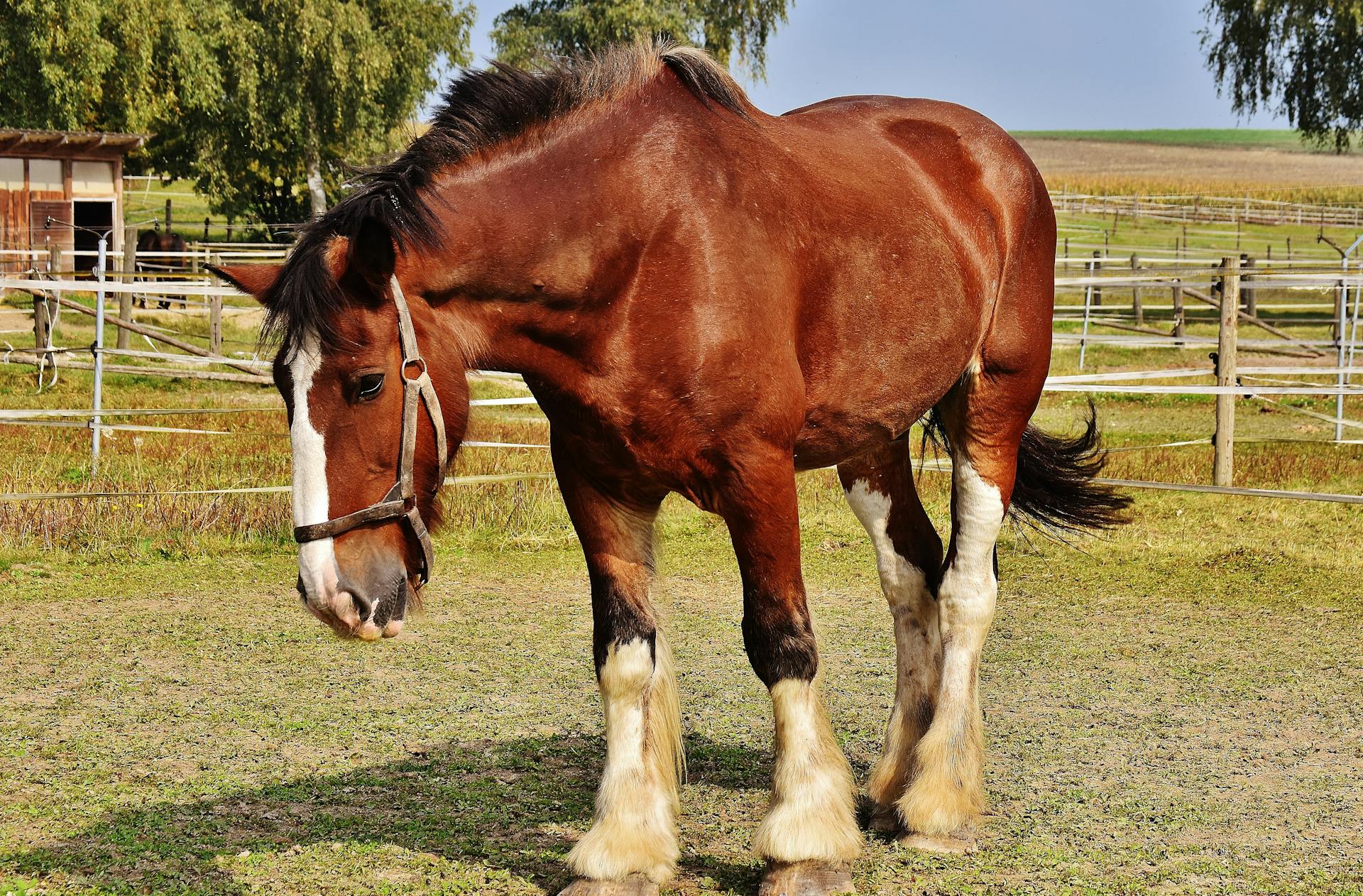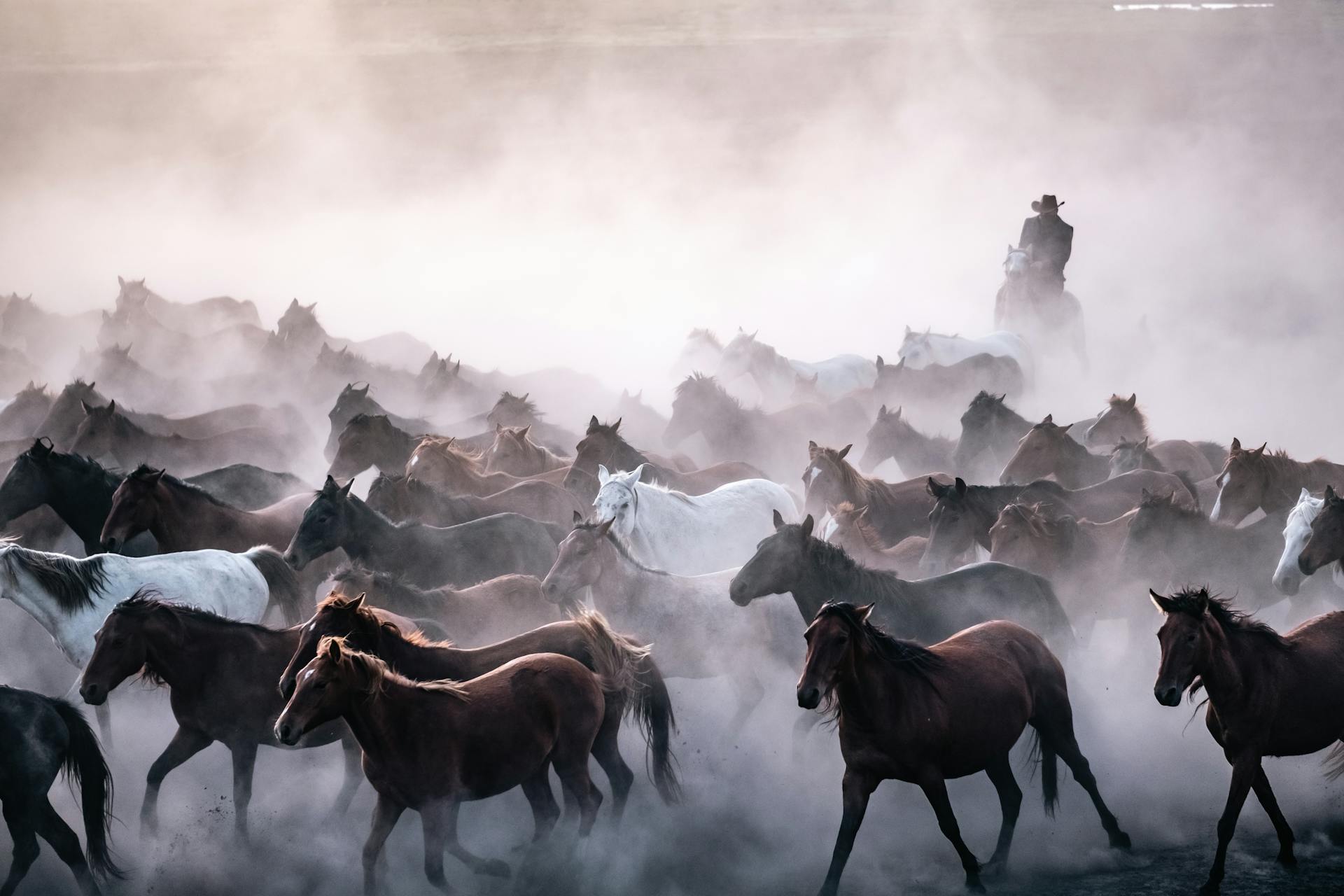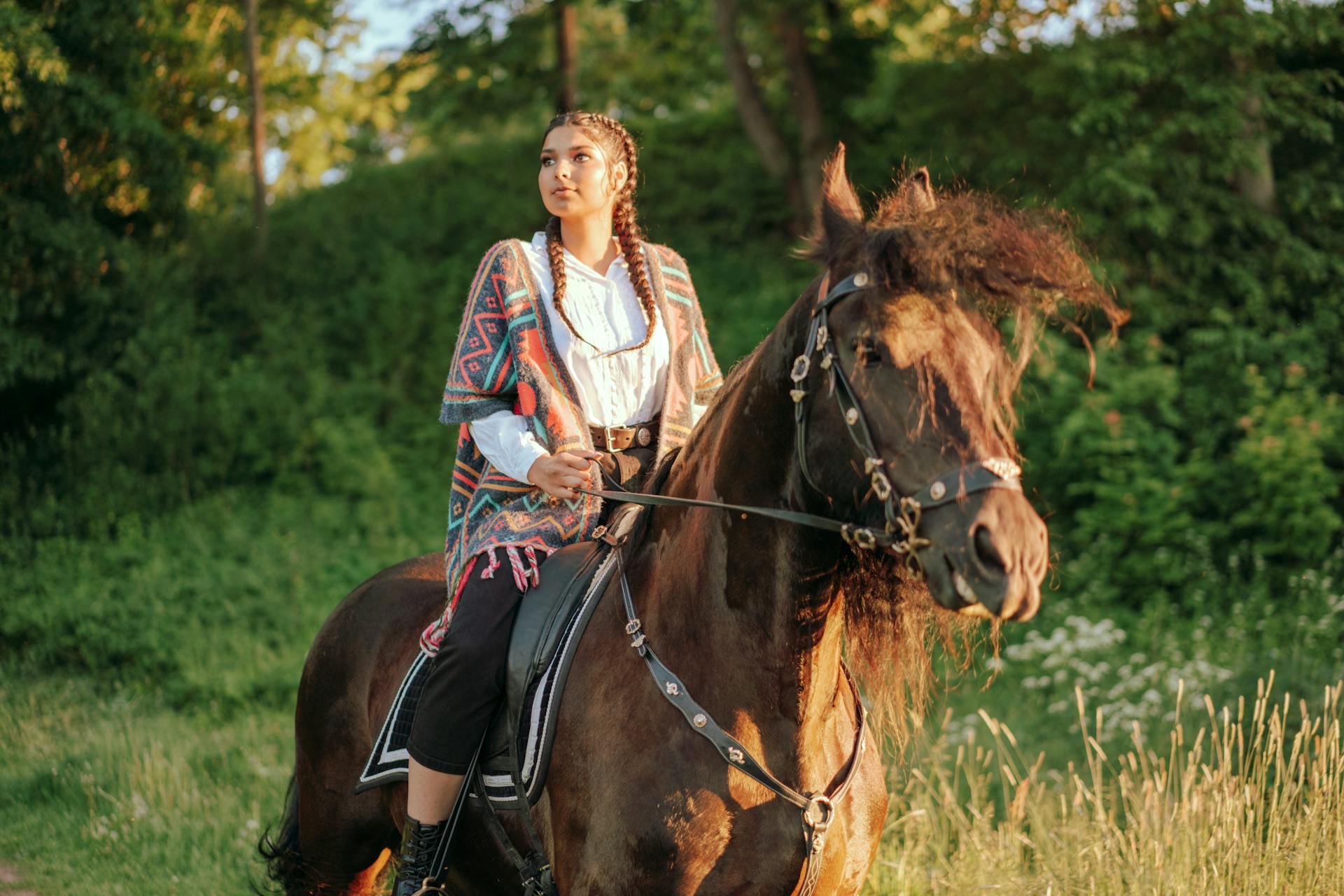
Equine major medical insurance is a crucial investment for horse owners and breeders who want to protect their equine companions from unexpected medical expenses. This type of insurance can help cover the costs of emergency surgeries, hospitalizations, and other costly medical treatments.
The cost of equine major medical insurance varies depending on factors such as the age, breed, and health of the horse, as well as the level of coverage desired. For example, a horse that is 10 years old and has a history of soundness issues may require a higher premium than a younger horse with no pre-existing conditions.
Typically, equine major medical insurance policies have a deductible, which is the amount the policyholder must pay out-of-pocket before the insurance kicks in. This can range from $500 to $2,000 or more, depending on the policy.
A good equine major medical insurance policy can provide peace of mind for horse owners and breeders, knowing that their horse will receive the best possible care in the event of an emergency.
You might enjoy: Does Insurance Cover Non Emergency Medical Transportation
Types of Insurance
Equine major medical insurance encompasses various types of coverage to protect your horse's health and well-being.
Liability insurance is a type of coverage that protects you against lawsuits and financial losses if your horse causes injury or damage to others.
Accident insurance covers unexpected veterinary expenses resulting from accidents, such as injuries sustained while riding or training.
Major medical insurance, on the other hand, covers ongoing medical expenses for chronic conditions, such as laminitis or arthritis.
On a similar theme: Does Travel Insurance Cover Medical Expenses
Emergency Colic Surgery
Emergency colic surgery is a serious and costly procedure, but some insurance plans offer financial protection.
Coverage for emergency colic surgery can be found in some insurance plans, providing up to $3,500 for emergency colic surgery on every qualifying horse.
This type of coverage is often included in the basic policy, so an additional premium does not apply.
For another approach, see: Emergency Dental Insurance
Mortality Insurance
Mortality insurance is the most common type of policy held by horse owners.
It's generally necessary for those who've invested a great deal of money in their equine companion.
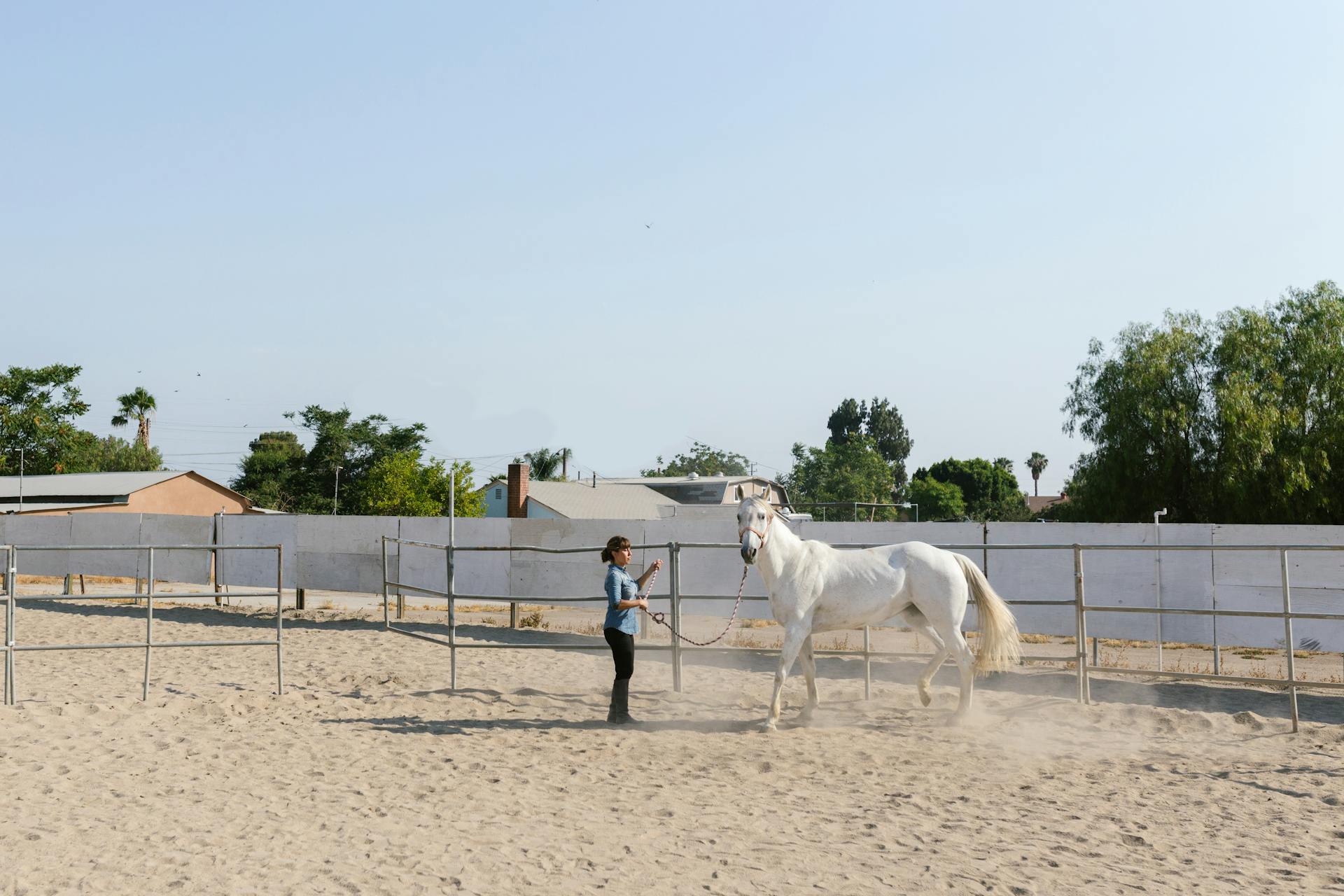
This insurance covers your loss if your horse dies, and in most cases, if your horse has to be euthanized for humane reasons.
However, it's essential to read the fine print, as some policies will cover certain causes of death but not others.
For example, some policies will cover death from digestive disturbances, but not death connected to neglect on your part.
Participation in certain equine sports may also not be covered, so be sure to check the policy terms carefully.
Some mortality policies have a clause that will pay a certain amount towards intestinal surgery, but only if you opt for the surgery.
If you choose not to have the surgery and euthanize your horse, the mortality policy may be null and void.
A unique perspective: Death Spiral Insurance
Optional Coverage
Optional coverage can be a lifesaver for horse owners. You can add it to your main equine mortality policy as needed.
Colic surgery expense coverage is a must-have for many horse owners. This coverage specifically covers colic surgery expenses for your horse.
Additional reading: What Does Horse Insurance Cover
Newly purchased horse coverage is a great option if you plan on buying a new horse. It extends protection to the new horse, giving you peace of mind.
Increased mare valuation coverage raises the coverage limits for a mare that is pregnant. This includes the cost of the stud fee or embryo.
Here are some optional coverages to consider:
- Colic surgery expense: Specifically covers colic surgery expenses for your horse.
- Newly purchased horse: Coverage can extend protection to a new horse you buy.
- Increased mare valuation: Raises coverage limits for a mare that is pregnant to include cost of stud fee/embryo.
An independent insurance agent can help you determine which coverages are most important for you to look for in an equine mortality policy.
Policy Details
Equine major medical insurance policies typically cover a range of medical conditions, including colic surgery, laminitis, and equine metabolic syndrome.
Pre-existing conditions, however, are often excluded from coverage, unless the policy specifically includes a rider that allows for coverage.
Policyholders can expect to pay a deductible, which can range from $500 to $2,000, depending on the policy and provider.
A fresh viewpoint: Travel Insurance Pre Existing Medical Conditions List
Colic Treatment
Colic treatment and surgery coverage can be a lifesaver for your horse, and fortunately, it's an option available with some policies. This coverage can be added to your policy for an annual fee of $150 per horse.
Colic treatment and surgery coverage can cover up to $10,000 in medical expenses due to colic or acute abdominal pain. A deductible of $250 will apply per claim, and a 20% co-pay will also apply to all covered expenses.
This coverage includes medications, treatments, or surgical procedures for the management of colic, and it's available for horses of all ages, including racing stock. However, it's not available for animals under 30 days of age or animals over 20 years of age.
If your horse is over 20 years old, you may want to consider other options, such as Surgical Expenses Only coverage, which can cover up to $5,000 of surgery expenses incurred to save the life of a covered animal.
Broaden your view: $250 000 Life Insurance Policy No Medical Exam
Stallion Permanent Disability
Stallion Permanent Disability coverage provides protection for your stallion if it becomes incapable of stud services due to various reasons.
This coverage is designed to help you recover from financial losses if your stallion is unable to perform its intended purpose.
Stallion Permanent Disability coverage covers your stallion if it becomes incapable of stud services due to accidents, injuries, sickness, or disease.
The coverage is a vital part of your insurance policy, offering peace of mind and financial security in case of unexpected events.
The specifics of Stallion Permanent Disability coverage can be found in your policy details, so be sure to review them carefully.
If your stallion becomes permanently unable to breed due to accident, sickness, or disease, you may be eligible for a claim payment equal to 100% of the insured mortality value.
Stallion Permanent Disability coverage is a vital aspect of your insurance policy, and understanding its details can help you make informed decisions about your horse's care and well-being.
You might like: K Is Shopping for a Permanent Life Insurance Policy
Prospective Foal
Prospective Foal coverage is a great option for horse owners.
It provides coverage for unborn foals in utero, which means they're protected even before they're born.
Coverage continues when the baby is foaled, and it stays in effect for up to 90 days on the ground.
Rates are based on individual criteria, such as stud fee, which can vary depending on the horse.
Trial Term
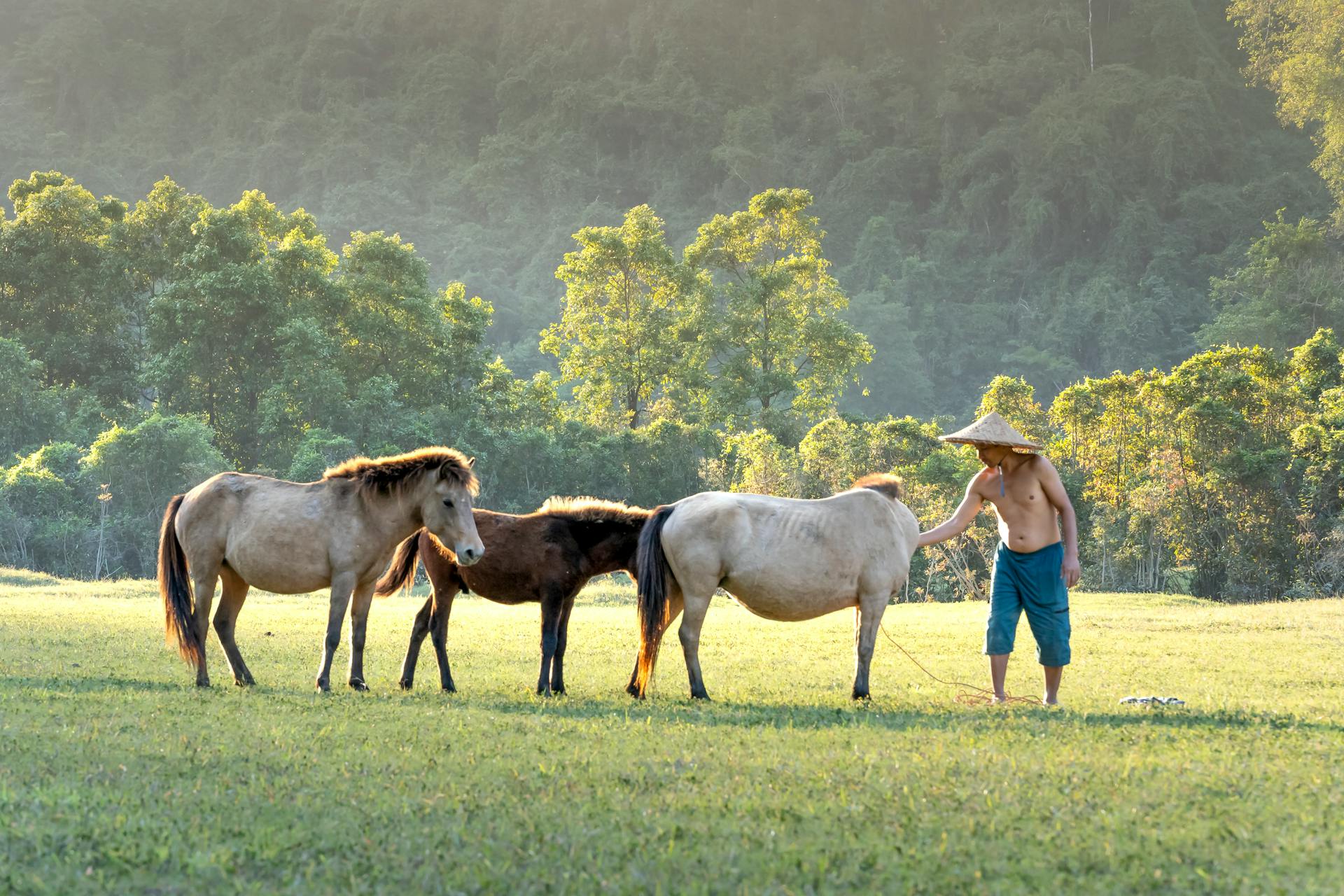
When sending your horse to a potential buyer for a trial, it's essential to discuss insurance expectations beforehand to avoid potential heartache and liability.
A Short-Term Horse Insurance policy can save both parties from financial burden in case the horse becomes ill or injured during the trial period.
The minimum premium for a Short-Term Horse Insurance policy is $200, which is a worthwhile investment to protect your interests.
If the trial period is successful, the prospective buyer's premium can often be applied towards an annual policy, making the transition smoother.
Additional reading: Bcbs Short Term
Policy Pricing
Policy pricing can be a bit of a puzzle, but it's good to know that it's based on several factors, including the type of policy and the age of your horse.
A higher deductible means a lower annual fee, which is a great way to save some money.
The age of your horse is also a factor, with younger horses costing less to insure.
Many companies cut off coverage at a certain age, so be sure to check the fine print if you have a senior horse.
A different take: S Buys a 50000 Whole Life Policy
Insurance Providers
When looking for equine major medical insurance, it's essential to consider the insurance providers that offer comprehensive coverage.
Equine insurance is available from many different insurance companies, and working with an independent insurance agent can help you find the right carrier for your needs. They can provide informed suggestions based on company reliability, rates, and more.
Nationwide is one of the top companies for equine coverage. The Hartford is also a reputable option, while Markel and Blue Bridle are worth considering as well.
Finding coverage can depend on the area you live in, and it's crucial to research the top companies for equine coverage in your region.
Here are a few of the top companies for equine coverage:
Special Considerations
When purchasing equine major medical insurance, it's essential to consider the specific needs of your horse.
Pre-existing conditions can be a significant concern, as they may not be covered by the insurance policy.
Some policies may have a waiting period before coverage kicks in, which can range from 14 to 30 days.
It's also crucial to understand the policy's coverage limits and deductibles, which can vary greatly between providers.
See what others are reading: With Disability Income Insurance an Insurance Company May Limit
Stallion Infertility
Stallion Infertility is a specialized coverage that pays 100% of the insured mortality value if your breeding stallion becomes permanently unable to breed due to an accident, sickness, or disease.
This coverage is specifically designed for breeding stallions, which are not eligible for Loss of Use Coverage.
The rate for this coverage is usually .75-1.00% of the Full Mortality value, making it a relatively affordable option for horse owners.
Breeding stallions are considered a unique and valuable asset, and Stallion Infertility coverage can provide financial protection in the event of a permanent breeding inability.
Pre-Existing Conditions
Pre-existing conditions can be a major concern when it comes to your horse's insurance policy. Pre-existing conditions are any injuries or occurrences of illness that your horse has had in the past.
Insurance policies will generally exclude pre-existing conditions, and the time frame for this exclusion varies by company. If your horse had an episode of digestive disturbance two years ago, he may not be covered.
Elective surgeries, such as castration, are usually not covered. Many policies also exclude rehabilitation procedures like shockwave therapy.
Additional reading: Can a Child Be Covered by Two Insurances
Frequently Asked Questions
What is the average cost of equine insurance?
The average cost of equine insurance is 2.5-4% of the horse's value, ranging from $325 to $345 for a $10,000 horse. This cost can vary based on factors like age and breed, so quotes may differ.
What is the difference between medical insurance and major medical insurance?
Major medical insurance provides comprehensive health coverage, whereas medical insurance can refer to a broader range of plans, including limited or supplemental coverage. Understanding the difference is key to choosing the right health insurance for your needs
Sources
- https://www.equidaeinsurance.com/equine-insurance
- https://www.starhinsurance.com/equine.html
- https://www.wcequine.com/equine-mortality--major-medical.html
- https://www.trustedchoice.com/farm-ranch/equin-horse/
- https://www.horsehealthproducts.com/horsemans-report/horse-care/a-guide-to-equine-insurance-policies
Featured Images: pexels.com

